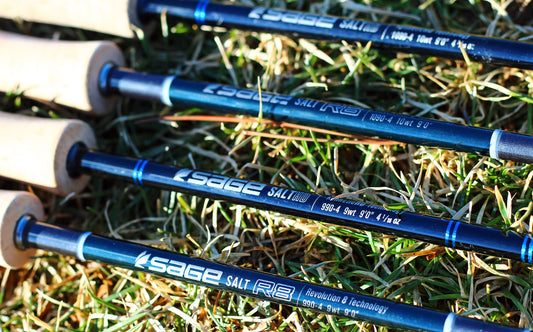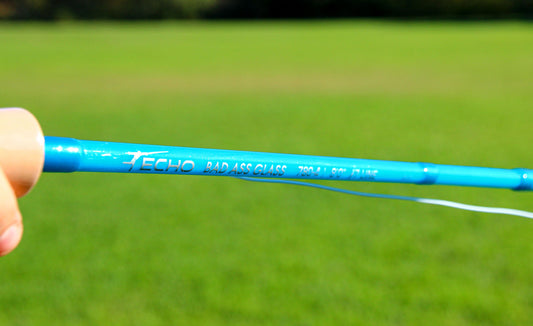All Points Fly Shop + Outfitter Blog

Fly Rod Shootout: Sage Salt R8 vs. Sage Salt HD
Words + Photos By: Josh Thelin Saltwater fly rods have a unique place in fly fishing. They are dealt a wide variety of environments to accommodate, have to manage larger...
Fly Rod Shootout: Sage Salt R8 vs. Sage Salt HD
Words + Photos By: Josh Thelin Saltwater fly rods have a unique place in fly fishing. They are dealt a wide variety of environments to accommodate, have to manage larger...

Gear Review: Echo Bad Ass Glass Quickshot Fly R...
This past weekend, Leif and I took Echo's Bad Ass Glass Quickshot out for a spin. We've been very curious about how this rod could stand up to various presentations...
Gear Review: Echo Bad Ass Glass Quickshot Fly R...
This past weekend, Leif and I took Echo's Bad Ass Glass Quickshot out for a spin. We've been very curious about how this rod could stand up to various presentations...

Gear Review: Sage's 10' 7wts - Shootout On The ...
A fly rod’s worth is a very subjective thing. Therefore I think any critical review of a fly rod is just as subjective. So I must explain the context in...
Gear Review: Sage's 10' 7wts - Shootout On The ...
A fly rod’s worth is a very subjective thing. Therefore I think any critical review of a fly rod is just as subjective. So I must explain the context in...